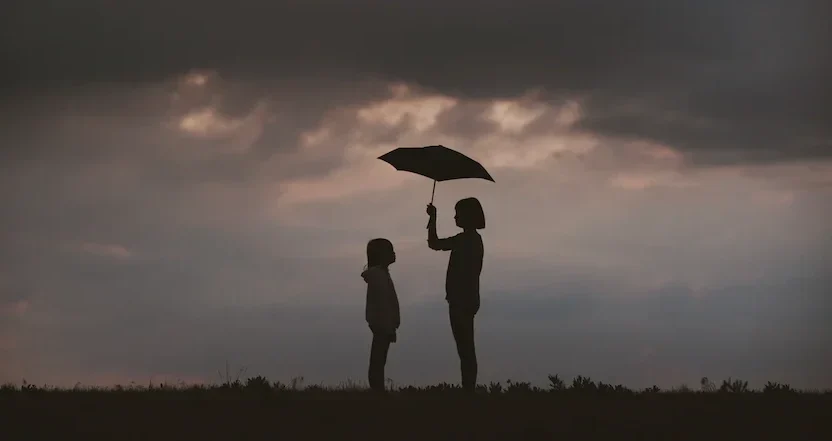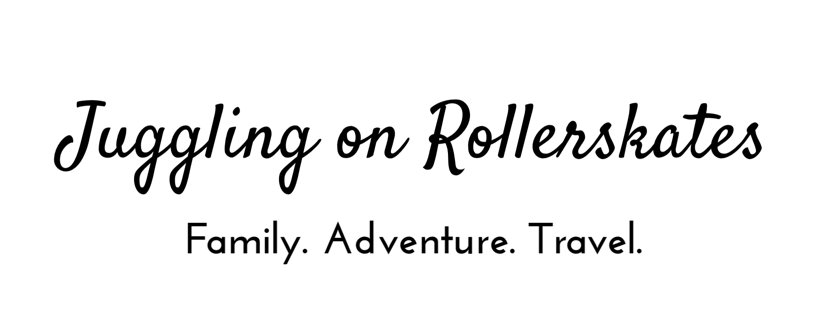
Engaging Ways To Teach Your Children About Natural Disasters
As a parent and teacher, I am surrounded by children every day. I am very aware of how inquisitive their minds can be. Their curiosity is utterly captivating and is the main reason why both parenting and teaching are so rewarding. But what do you do when it comes to educating your children about more challenging or difficult topics? The issue of natural disasters could be a worrying topic for our youngsters, triggering anxieties they already have about the natural world. The subject of natural disasters should be taught with care and sensitivity reassuring children of their safety along the way. As with any learning it’s important to make learning fun whilst not removing the serious reality that is attached to the impact of natural disaster. In this piece I have put together some suggestions to support learning about earthquakes and tsunamis, volcanoes, hurricanes, floods, and wildfires using methods that should also reassure our young learners.
Teaching About Natural Disasters
Before I dive into various teaching methods for natural disaster education, I should highlight why it is so important to teach children about these events and their consequences. A natural disaster is any hazardous natural event resulting in significant damage and loss to a population.
Learning about these natural events is important for children’s wider understanding of the world. They ill gain an understanding of the difficulties faced by specific global communities and consequently the importance of aid send to support them. This will in turn create a much clearer appreciation of the differences in the fortune of global population and how the wealthy with more resources can help those with less fortunate.
Understanding these geological and meteorological events is a valuable part of a well-rounded education. You can find a lot of great teacher resources for natural disasters online and explore new and exciting ways to bring lessons to life for your children. The more fun and engaging their learning is, the more likely your children will be to remember the vital information.
Earthquakes and Tsunamis
Try to cover earthquakes and tsunamis at the same time, as earthquakes are the cause of tsunami natural disasters. Start by explaining to children in an accessible way that the earth has layers and when the tectonic plates move, the ground will shake and new geographical features may form. Explain that when this occurs under the sea, a huge wave can be created that floods land and causes extensive damage.
Explain that these events can be devastating for communities without going into too much troubling detail. You could demonstrate the effects on buildings of earth tremors by asking kids to build structures on top of jelly. Using light building blocks or toothpicks and marshmallows allowing your children to create structures that have to withstand the light shaking of their jelly bases.

Volcanoes
As an introduction to volcanoes start by explaining that there are different kinds of volcanoes, such as composite, shield, and cinder cones. Talk about the magma chamber and use examples like Pompeii to highlight the heat of the lava and what it can do to a its surrounding population. Historic examples are preferable allowing children to understand some of the extreme consequences whilst feeling safely removed.
A great way to secure this teaching is to challenge your children to create models of volcanoes using paper mache or even bake cakes that resemble volcanoes. This will encourage them to think about the structure of volcanoes and the magma chambers within them. They could even choose a winner and explain why it is the best visualisation of a real volcano.
Hurricanes
When you are teaching about hurricanes, try to highlight the safety precautions we can take to stay safe as well as the devastating impacts a hurricane can have. You can do pretend hurricane drills, talk about what we might keep in our hurricane bunkers and explain that there are various technologies that can mitigate the effects of these tropical storms.
One way to make hurricane lessons fun and memorable is to show a clip from the classic movie The Wizard of Oz. Explain to kids that nowadays, buildings are developed to withstand strong winds, so they definitely will not fly through the air!
Floods
Teaching about floods is a little more straightforward than some of the other natural disasters, as the concept of water overflowing when there is too much of it to be held in a container is pretty easy to grasp. You can compare a riverbank with a bathtub and explain that excess rainfall can cause the river to overflow and water to cascade into a town. Your children can think about how flooding impacts homes, animals, and agriculture in a society.
You might also encourage your little ones to spend a night camping in the back garden. This will help them build an understanding of being exposed to the elements, the importance of staying dry, and how some communities might not have the fortune to live with four sturdy walls around them for protection. You can provide them with advice for making camping at home fun and educational.

Wildfires
Finally, you might want to teach your children about wildfires. These dangerous events occur when the land is incredibly dry and the weather is hot. You can share both the negative and positive effects of fires. For instance, some plants depend on fire to release seeds or for soil fertilisation. Art is always a great way to keep learning fun and creative. Why not encourage your children to paint plants and fires to help them retain the information.
Discuss prevention and management techniques for wildfires and what happens when people need to be evacuated from their homes. You can use examples of celebrities like Miley Cyrus and the Kardashians who have been impacted by wildfire evacuations to make the stories more real to youngsters.
Although natural disasters can be a scary concept and have awful consequences, there are ways to teach children about these events in an engaging and fun way. Your challenge is to make learning exciting while also highlighting the real-life consequences of natural disasters. We have looked at ways to make lessons fun regarding earthquakes and tsunamis, volcanoes, hurricanes, floods, and wildfires. Feel free to use some of the great resources available to you online. Teaching is a team effort, and the resources provided by other parents and teachers are invaluable.






